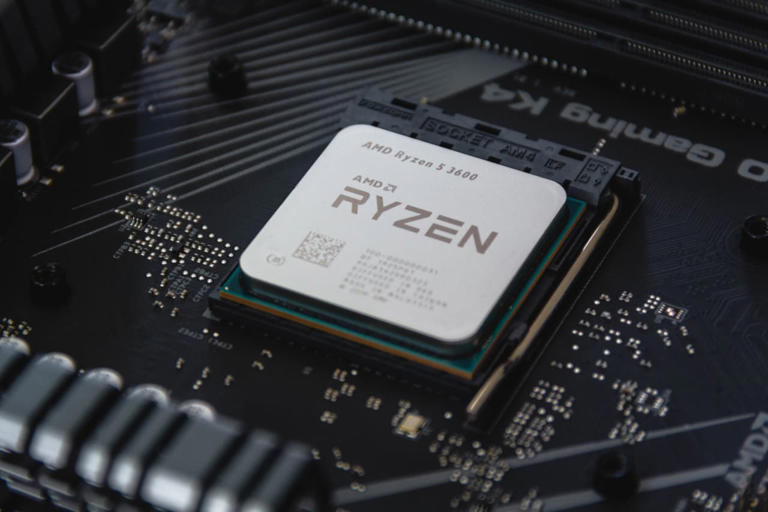The recent turbulence in the market, particularly evident on Wednesday, has sparked significant concern among investors, with semiconductor stocks emerging as the primary culprit behind the downturn. The S&P 500 index, a benchmark widely used to gauge the overall health of the stock market, experienced a notable decline of 0.5% following a substantial 1.6% plunge observed on the previous trading day. Such successive drops have led the index to hover just above the psychologically significant level of 5000, marking a decline of approximately 5% from its record intraday high achieved in late March.
A confluence of factors has contributed to the broader market downturn, with semiconductor stocks taking center stage in the recent sell-off. At the heart of the matter lies the valuation of the S&P 500, which, at its peak, was trading at a relatively expensive level, with a price-to-earnings (P/E) ratio exceeding 20 times expected earnings for the next 12 months. This elevated valuation is noteworthy, considering that it approached the upper end of its range since early 2022 when the Federal Reserve initiated a series of interest rate hikes aimed at curbing inflationary pressures in the economy. Earlier in the year, investors had been pricing in expectations of imminent rate cuts, but recent data showing persistent inflationary readings have prompted a reassessment, leading to the anticipation of a prolonged period of higher interest rates.
The market’s downturn was further exacerbated by the disappointing sales forecast provided by Advanced Micro Devices (AMD), a prominent player in the semiconductor industry. Despite surpassing earnings expectations, AMD’s second-quarter sales guidance fell short of analysts’ forecasts, signaling a potential decline in full-year revenue. The subdued outlook was primarily attributed to weakening consumer demand, particularly in the gaming sector, although there were promising signs of growth in data center revenue, driven by the increased adoption of artificial intelligence chips.
The adverse sentiment surrounding AMD’s forecast quickly spread to other semiconductor stocks, leading to a broad-based decline in the sector. The PHLX semiconductor index, a key gauge of semiconductor stocks, experienced a notable drop of 1.9%. Major players in the semiconductor industry, including Nvidia, Taiwan Semiconductor, Micron, Texas Instruments, NXP Semiconductors, ON Semiconductor, and Qorvo, all witnessed declines in their stock prices.
The significance of the semiconductor sector in the broader market cannot be overstated, given its substantial market value. As a result, the downturn in semiconductor stocks exerted downward pressure on the S&P 500 index. In contrast, the Dow Jones Industrial Average, which has a lower weighting in the technology sector, experienced a relatively modest decline of 0.2%. Similarly, the Nasdaq Composite, which is more exposed to the technology sector, fell by 0.4%.
As investors closely monitor the market’s movements, particular attention is being paid to the key support level of 4967, which the S&P 500 reached in late April before rebounding. The ability of the index to attract buyers at this level will be closely watched, as a failure to do so could signal a shift in sentiment towards stocks. In such a scenario, a breach of this support level could potentially lead to a further decline in the S&P 500, possibly towards its 200-day moving average, currently around 4700, representing a decline of approximately 7% from current levels.
In summary, the recent market turbulence driven by semiconductor stocks underscores the interconnectedness of various sectors within the market and highlights the importance of monitoring key support levels for potential signs of market sentiment shifts. With investors remaining vigilant for potential triggers such as announcements from the Federal Reserve or key earnings reports, the market’s behavior in the coming days will be closely scrutinized for insights into its future direction.
